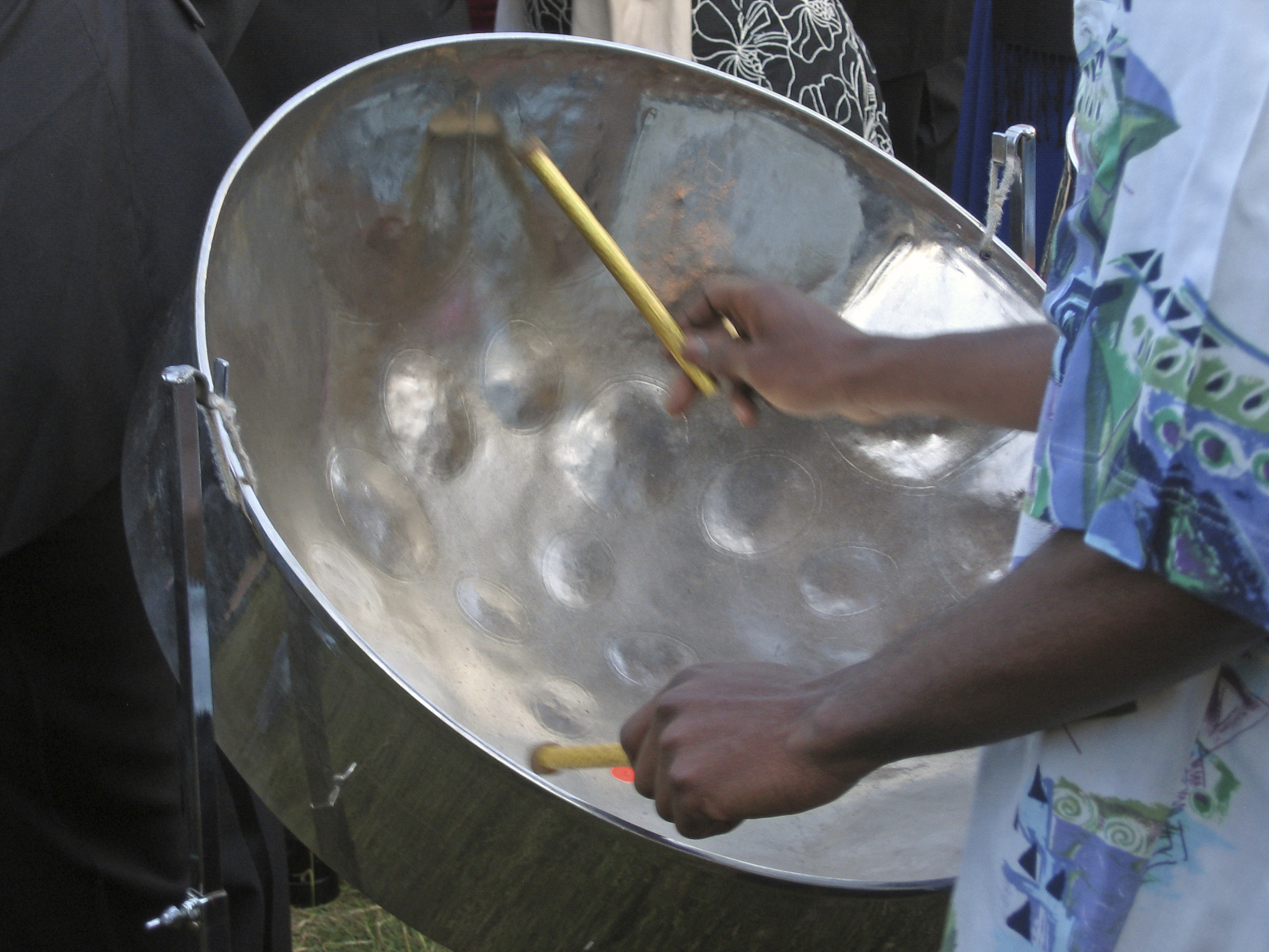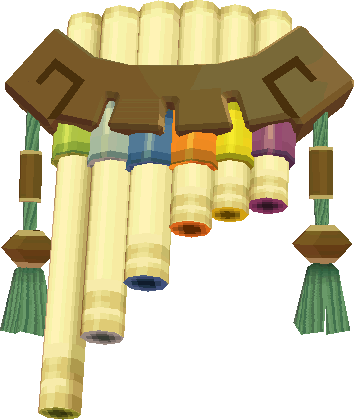Musical Musings: Explore The Peppy Background Theme Of The Talus Battle
Posted on May 27 2019 by Matt Pederberg
Music is a defining feature of The Legend of Zelda series, so much so that it becomes its own character. The soundscape molds Hyrule around Link and his friends, giving character to those he interacts with and helps the player connect with them on an emotional level. The awe-striking music from The Legend of Zelda played a significant role in why I chose to pursue Bachelor’s Degree in music, and it is why I have decided to take an in-depth look at different tracks throughout the scores that inspire me as a musician. I thought a good starting point would be Breath of the Wild, one of the soundtracks that I am least familiar with. Now, seeing as Breath of the Wild has a little over 4 hours worth of music (that’s 211 tracks, wow!), I figured I would start with working my way through the Sound Selection CD included in all limited editions of Breath of the Wild’s original release.
Breath of the Wild is filled with various foes of all shapes, colours, and sizes! It is always a nice break from the monotonous onslaught of Bokoblins or Lizalfos with one of the game’s titan enemies. The interesting thing about these titans is that the player almost immediately knows what they are about to face off against. A large clue is the sudden change of musical track to one of the distinct titan tunes!
Introducing the Piece
Track 10, ‘Talus Battle,’ is the battle theme for the monstrous Talus group of massive foes. Composed by Manaka Kataoka, this theme deviates quite drastically from the overall style and themes of Breath of the Wild. This theme exudes a lot of character through music, whereas an otherwise silent being is unable to emote.
Special Instrumentation

Steelpan/Steel drum

Pan pipes
An important thing to note here is actually the lack of a specific instrument. This track has essentially no piano whatsoever, appearing for only two bars at a time (first at 0:19, then again at the repeat). New instruments, however, include what I can best make out as a concert xylophone, a pan flute, and a set of steelpan drums! A xylophone proper is made of wood which gets its sound from its keys resonating, and should not be confused with a marimba (also wood), nor a vibraphone or glockenspiel (both made of metal). A pan flute it that woodwind instrument that has a bunch of tubes side by side that you blow over the top of to get sound (also that instrument from Spirit Tracks). And steelpans, more commonly known as steel drums, are a series of concave drums made out of (you guessed it) steel, and struck by a wooden beater, and often accompany Caribbean/seafaring music.
General Analysis
The first thing most people will notice listening to the isolated track is that it begins with what sounds like a mixture of mining equipment. Personally, I hear a pickax and some other banging. This is what we in the business call “word painting,” as you are literally about to fight a giant stone, so the piece is metaphorically throwing stones at you right from the get-go. The piece continues from there menacingly enough with this ostinato on the low end of the xylophone:

15mb is shorthand for “15th below”
This bar repeats pretty much throughout the entire piece, much like Link’s rootedness in combat. It is not soon after, however, that the trombones come in with this excellent line at 0:11:
![]()
It is at this point that I lose all pretense of fear for these animated rock creatures. I find that these trombones give the lumbering figure a lot of personality. Particularly that of a slightly confused, overgrown toddler stuck into a bunch of rocks being attacked by a tiny man that won’t let them nap. It really is a quite charming quality that I find rather endearing.
Theoretical Analysis
The piece is written in 4/4 time, and in D-Major. These things do not falter, just like the unchanging stone that it represents. This piece also utilizes the theoretical idea of “call and response” phrases that hearkens back to the ‘Main Theme.’ We have the aforementioned trombone motif, answered by a varying response from the pan flute.

One of the more musically interesting bits of this track comes at about 0:40, for a few different reasons:

The first cool thing to note is the way the note values change where our ears think the beat is. As we have previously noted, the piece is strictly in 4/4, but at this section we can hear the way the “downbeat” lands on beats 1 and 4 of the first measure, then 3 and 4 in the next measure. The other cool bit about this selection is just the sheer amount of “crunchy” sounds. Very few of the notes played fall under any of the “acceptable” categories of Perfect, Minor, or Major chords. Instead they are all Augmented or Diminished, with weird extensions. This reflects the way that the Talus is not quite meant to be there, but somehow fits in the world around it.
Matt’s Musings
I must say, the first time I wandered by a Stone Talus, I was thoroughly confused. I was confused, then I was quite alarmed! I couldn’t quite wrap my head around this lumbering figure coming towards me while this silly tune was playing in the background. I thought maybe it was something that I could tame. It was not long before I discovered that it wanted me dead. Since then, I thoroughly enjoyed exploring a new area and hearing those low trumpets coming in after trying to climb a seemingly innocent pile of boulders. It made hunting down all 40 of the various Talus’ much more enjoyable!
What are your thoughts on this bombastic tune? Did you feel like it undercut the Talus’ menacing appearance? What do you think could have been done differently? Let us know in the comments below!
Matt Pederberg is part of the Writing Team at Zelda Dungeon, holds a Bachelor of Music, and has used that knowledge to develop his love of excellent music in excellent video games!



